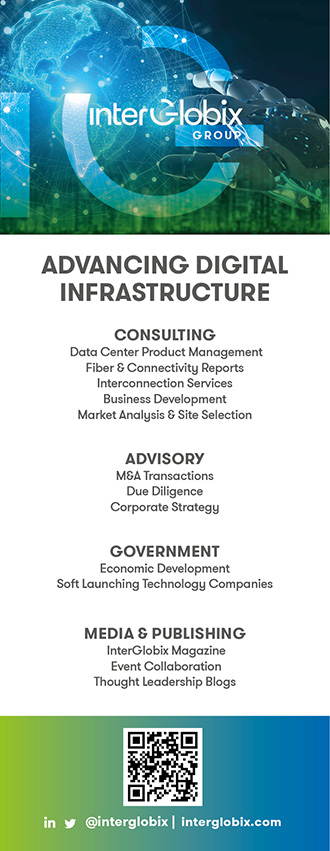Badri is responsible for Credit Suisse’s coverage of the communications equipment and infrastructure sectors, including data centers and networking equipment. Badri joined Credit Suisse in 2013 and the equity research department in 2014 as a research associate covering the information technology hardware and global communications equipment sectors.
Recently there’s been a significant amount of consolidation in the data center industry. How do you envision the industry’s future as many publicly traded companies are taken private?
Clearly data center operators in the public eye have all their metrics revealed and published. Mostly the publicly traded investors involved understand this business; however, seemingly, they still don’t appreciate the amount of capital required to grow the companies who are developing solutions to the demand opportunity. In the public eye, such intense needs for funds can be disruptive to the day-to-day valuation of the data center operator whereas the private market can be more stable, with the quantity of capital required potentially hidden from the public.
A huge number of publicly traded data center operators are starting to move to the private market. But data center transaction multiples, and in most cases the EV-to-EBITDA multiples or cap-rate ratios, are more expensive than in publicly traded vehicles, which automatically trade at a discount. Since the biggest difference between the two routes is the money involved, the capital chase is unsurprising to see. Instead of numbers in the $100 million USD, now acquisition values are entering into the $5-$15 billion USD. Those changes come down to the fact that this industry is growing. It’s going to require a lot more money to get people where they need to be.
Relatedly, regarding the huge uptake in securitization of financing for green bonds, what’s your overall take on financing future business growth through asset-backed securitization? Any thoughts specifically on Flexential’s approach, with their recent inaugural $2B ABS offerings?
These types of originations, issuances, and transactions aren’t that shocking to the public investment community. These are capital-hungry companies looking for ways to raise money and deploy it to develop infrastructure, which in the private domain is more stable from an equity perspective, yet more flexible from a financing perspective. From a power-consumption and a capital-deployment perspective, what Flexential has done with its green bond is take advantage of the numerous existing opportunities and utilize the green- and ESG-focused investors’ desire to find chances to address ESG compliance. This tactic is the start of what I think will be a multi-year theme in the private market of ESG. Capital demands are not going away, but actually intensifying, so I see this approach gaining a large following.
Moreover, when considering green goals for data centers, customers want sustainability to be top of mind. Thus the customer’s desire is catalyzing a sustainability maneuver that has data center operators executing a vision focused on green changes to operating criteria.
An important industry topic in the coming year will be how the ownership structure of digital infrastructure companies will evolve. How do you see that occurring?
Throughout the last four decades or so, all of the financial community has approached digital infrastructure similarly. Think of it this way: when building a data center, the same company has been responsible for all the elements of the infrastructure build out, like the facility, power, and fiber. I believe in the next two decades, a larger assortment of financial sponsors and stakeholders will hold ownership over different pieces. Which means the data center operator might only be in charge of the actual facility itself, and another entity will be in control of the power supply—and maybe even further elements of the project are in other hands.



